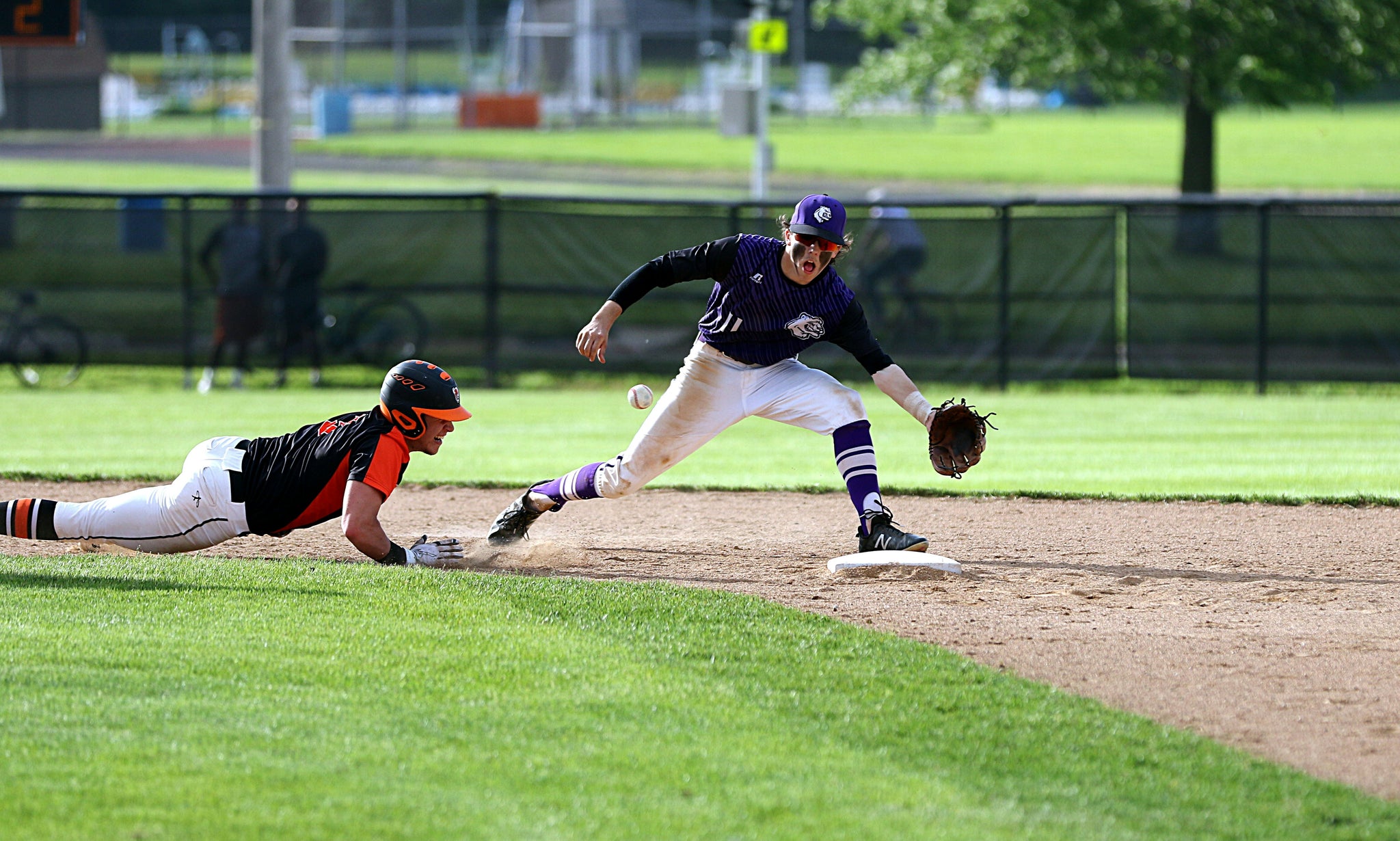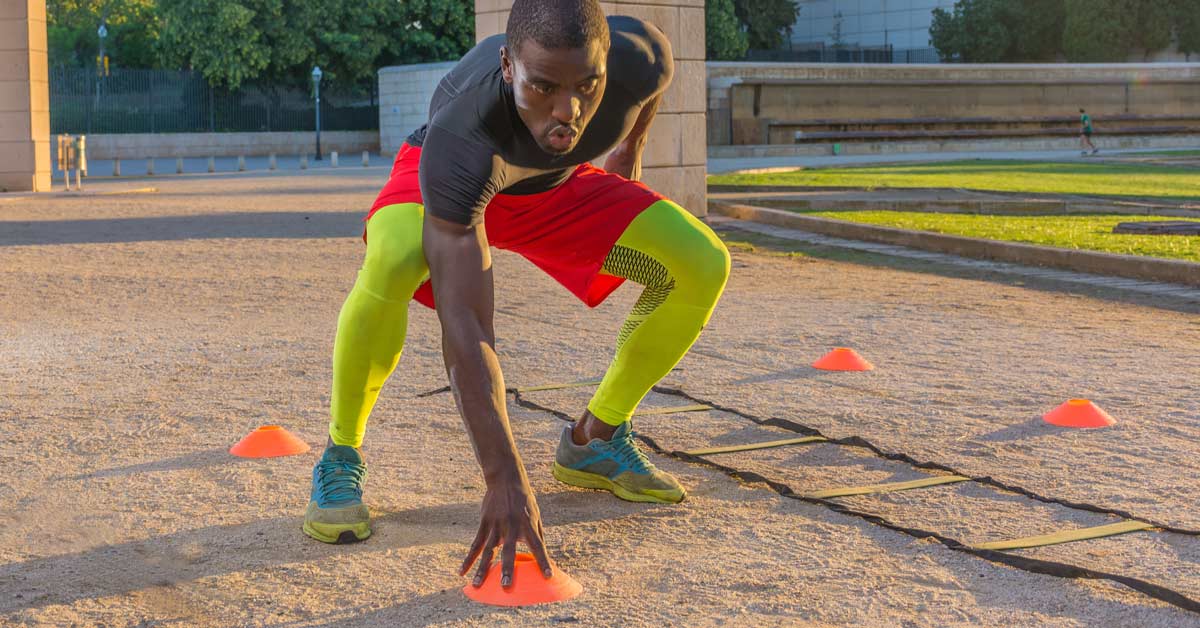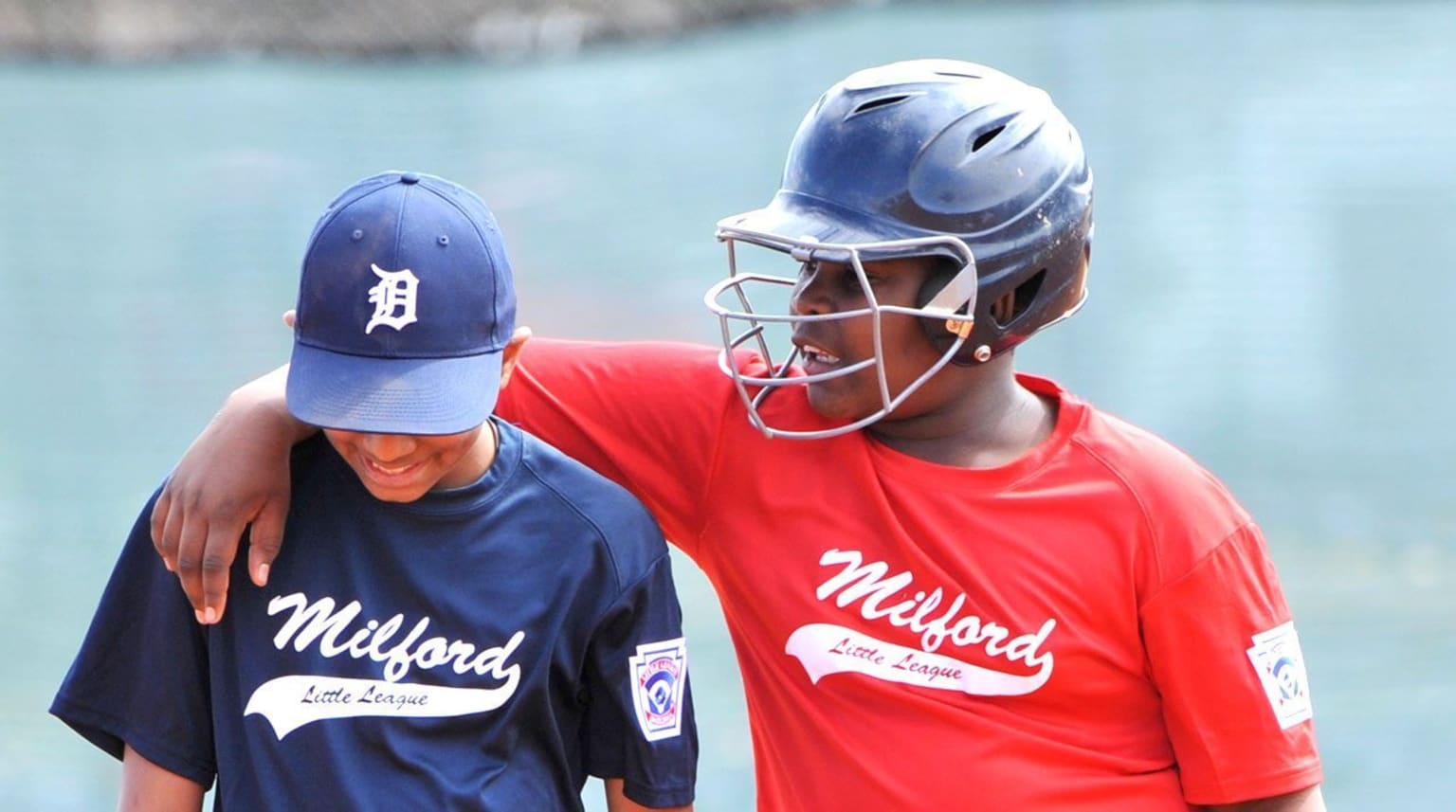
Baseball is an exciting and dynamic sport that combines athleticism, strategy, and teamwork. For newcomers stepping onto the diamond, it’s essential to start with simple, beginner-friendly drills that focus on fundamental skills and foster a love for the game. These drills should be enjoyable and engaging while providing the foundation for long-term growth and success. In this blog post, we’ll cover a variety of drills that are both fun and effective for new players as they begin their baseball journey.
Catching and Throwing Drills: Building the Basics

The ability to catch and throw is foundational to playing baseball. Here are a few beginner-friendly drills to help new players improve these essential skills:
Relay Race: A Fun, Competitive Way to Practice
This drill adds a competitive twist to practicing catching and throwing. Divide players into teams and set up relay stations. The first player on each team catches a ball thrown by a teammate and quickly throws it to the next player in line. The team that completes the relay race first wins. This drill encourages teamwork, improves throwing accuracy, and helps players focus on making quick, precise throws.
Two-Handed Catch: Focus on Proper Technique
Pair players up and have them stand a short distance apart. Their goal is to catch the ball using both hands, ensuring proper hand positioning and soft hands to absorb the impact. This drill emphasizes the basics of fielding and teaches players how to catch the ball with control and confidence.
Hitting Drills: Developing Swing Mechanics and Timing

Hitting is one of the most exciting parts of baseball, and practicing the fundamentals can greatly improve a player’s performance at the plate. Here are two drills to help new players improve their swing mechanics and timing:
Tee Ball: Perfecting the Swing
Set up a batting tee and have players practice hitting stationary balls. This drill allows players to focus on their swing mechanics, hand-eye coordination, and timing. Since the ball is stationary, it provides the opportunity to really concentrate on the fundamentals of the swing without the added challenge of a moving pitch.
Soft Toss: Adding Realism to Hitting Practice
In this drill, a coach or teammate gently tosses the ball underhand towards the batter. Soft toss is a great drill for helping players develop their hand-eye coordination and timing while providing a more realistic hitting experience. It’s an excellent way for players to work on their contact skills and build confidence at the plate.
Base Running Drills: Speed, Agility, and Decision-Making

Base running is a crucial part of baseball, and these drills will help new players develop speed, agility, and smart decision-making on the base paths.
Around the Bases: Simulating Game Scenarios
Set up bases and have players practice running from one base to another. This drill can simulate different scenarios, such as running to first base, rounding the bases, or even stealing bases. It’s a great way for players to get comfortable with the game’s pace and improve their understanding of base running dynamics.
Tag-Up Drill: Teaching Timing and Decision-Making
Place a player on each base, including home plate, and hit a fly ball to the outfield. Players must tag up at their respective bases and advance when the ball is caught. This drill teaches the importance of timing and quick decision-making when advancing on the bases, which is key for smart base running.
Fielding Drills: Developing Defensive Skills

Good fielding is a crucial aspect of baseball, and these drills will help players improve their skills, footwork, and overall defense.
Ground Ball Gauntlet: Improving Footwork and Agility
Set up several cones or markers in a straight line, about 5-10 feet apart. Players form a line and take turns fielding ground balls as they move through the cones. This drill helps improve fielding technique, footwork, and agility. It also gets players used to reacting quickly and staying low to the ground for a clean fielding motion.
Bucket Drill: Accuracy and Speed in Fielding and Throwing
Place an empty bucket at each base, and have players field ground balls and throw them into the corresponding bucket. This drill focuses on developing accuracy and speed in fielding and throwing. It’s a great way to improve throwing mechanics and make players more confident when making defensive plays.
Scrimmages and Game-Like Situations: Putting It All Together

Once players have mastered the basic drills, incorporating scrimmages and game-like situations can help them develop a deeper understanding of the game. Simulating real-game conditions allows players to apply their skills in a more dynamic environment. Encourage friendly competition and give players opportunities to practice what they’ve learned while also promoting teamwork and sportsmanship.
Keeping It Fun: The Key to Engaged Learning

The most important part of beginner-friendly baseball drills is ensuring that they’re fun and engaging. New players should feel excited to participate, not overwhelmed. Keep the drills upbeat, provide positive reinforcement, and adapt the difficulty to match the players’ skill level. This way, players will be motivated to keep improving while developing a lifelong love for the game.
FAQs: Beginner-Friendly Baseball Drills
Q: What are the best drills for teaching new players how to catch and throw?
A: Relay Race and Two-Handed Catch are excellent drills to help new players improve their catching and throwing. Relay races promote teamwork, while two-handed catch focuses on proper technique and hand positioning.
Q: How can I improve my child’s batting skills?
A: Tee Ball and Soft Toss are great drills for beginners. Tee ball allows players to focus on their swing mechanics, while soft toss helps develop hand-eye coordination and timing.
Q: How can I teach base running to new players?
A: Try drills like Around the Bases to practice running and Tag-Up Drill to improve timing and decision-making. Both drills help players get comfortable with the mechanics of base running.
Q: How do I improve fielding skills for beginners?
A: Ground Ball Gauntlet and Bucket Drill are effective for beginners. Ground ball gauntlet improves footwork and agility, while bucket drill works on accuracy and speed in both fielding and throwing.
Q: When should I start incorporating scrimmages into practice?
A: Once players have a solid grasp of the fundamentals, you can introduce scrimmages and game-like situations to help them apply what they’ve learned in a more dynamic environment.
Q: How can I make sure my beginner player enjoys baseball?
A: Keep drills fun and engaging, provide plenty of positive feedback, and make sure to adapt the difficulty level to match your player’s abilities. When players enjoy what they’re doing, they’ll be more likely to stick with the game and continue improving.
Conclusion
Engaging, beginner-friendly baseball drills are key to helping new players learn the game while having fun. By focusing on essential skills like catching, throwing, hitting, base running, and fielding, players can develop the foundation they need to succeed on the field. Remember to keep practice enjoyable, offer positive reinforcement, and create an environment where players feel encouraged to grow and improve. With the right approach, young players will not only gain confidence but will also develop a lasting love for the game of baseball.
